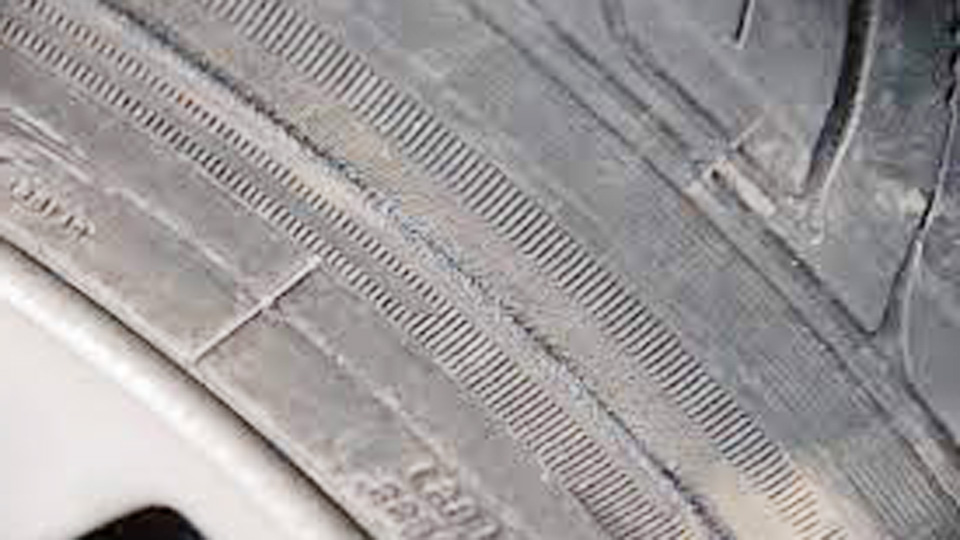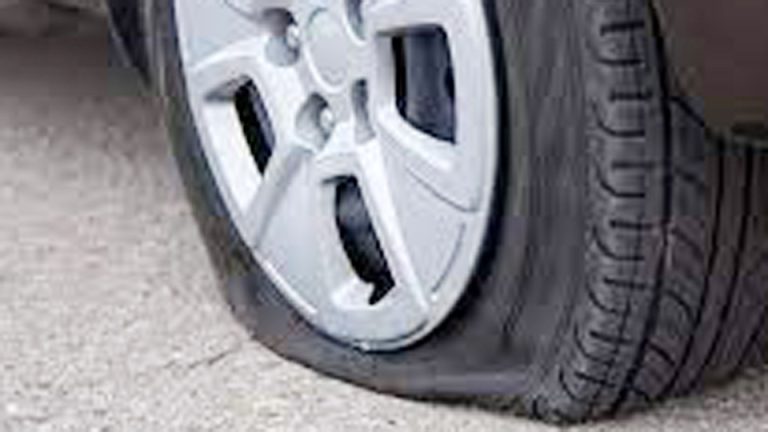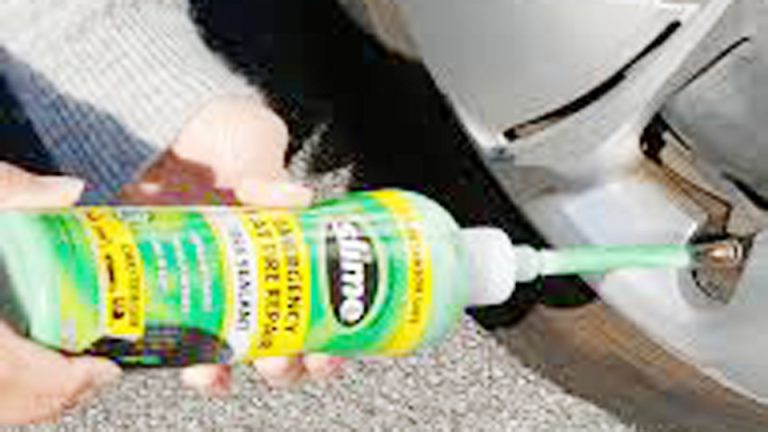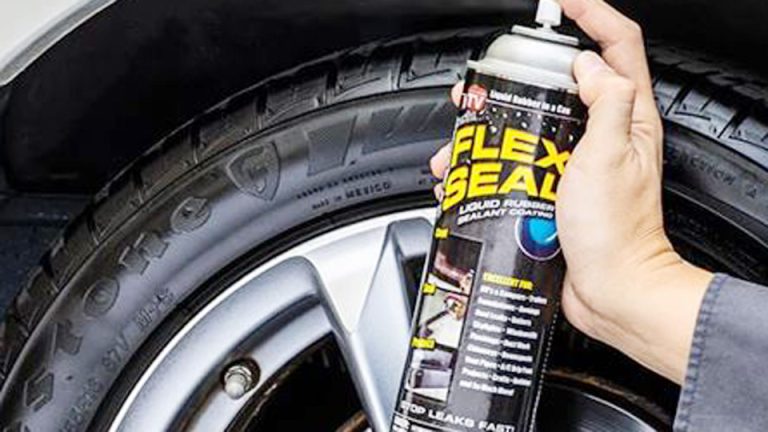Yes—it definitely can. I’ve had plenty of drivers pull into my shop complaining about a steering wheel that won’t stop shaking or a vibration that gets worse the faster they drive, and more often than not, the problem comes down to the tires. When people ask me “Can a Bad Tire Cause Your Car to Shake?”, I explain that issues like uneven wear, broken belts inside the tire, or even something as simple as low air pressure can throw your whole ride out of balance. A bad tire doesn’t just make your drive uncomfortable—it can affect your handling, put extra stress on suspension parts, and even create a safety risk if the tire fails at highway speeds.
I’ve seen everything from small vibrations caused by a slightly bent wheel to violent shaking from a tire that was ready to blow out. The key is not to ignore it—shaking is your car’s way of telling you something’s wrong. In this guide, I’ll break down the most common tire-related causes of vibrations, how to tell if it’s really the tire or something else (like alignment or suspension), and what you can do to fix it before it leads to bigger problems.

Image by sailinganarchy
What Causes Your Car to Shake While Driving?
In my experience, a shaking car usually stems from imbalances or wear in rotating parts. It could be the engine misfiring at idle, brakes grabbing unevenly, or suspension bits going south. But tires? They’re the number one suspect, especially if the shake kicks in at specific speeds like 50-70 mph. I’ve had customers describe it as a “wobble” or “vibration” that feels like driving over rumble strips.
What the tire does is simple: it cushions impacts, provides grip, and supports your vehicle’s weight. But when something’s off, that shake transmits right through the chassis. Common non-tire culprits include bad wheel bearings (a humming that turns to grinding) or loose lug nuts, which I’ve tightened on more than a few post-DIY jobs. Still, tires cause about 60% of the vibration issues I see, based on the hundreds of diagnostics I’ve run.
Signs That Your Tires Are Causing the Shake
Spotting tire-related shakes early can save you headaches. If your steering wheel vibrates at higher speeds, or the whole car shimmies, check the tires first. I’ve pulled into the shop with my own truck feeling off after a long drive, only to find a bubble in the sidewall from hitting a pothole.
Common signs of failure: uneven tread wear, where one side is balder than the other, causing a pull or shake. Or bulges and cracks from age or impacts—these make the tire deform under load, leading to vibrations. Low pressure is another biggie; underinflated tires flex too much, heating up and wearing unevenly. I’ve seen tires with embedded nails causing slow leaks that manifest as a subtle shake before going flat.
If the shake happens mostly when accelerating, it might be tire imbalance—weights have shifted or fallen off. Rear tires gone bad? You’ll feel it in the seat more than the wheel. Pro tip from the garage: Jack up the car and spin the wheels by hand. If they wobble or feel rough, that’s your clue.
Types of Tire Problems That Lead to Shaking
Diving deeper, not all bad tires shake the same way. Let’s break it down.
Tire Imbalance: The Most Common Vibration Source
Tire imbalance happens when weight isn’t evenly distributed around the wheel. What the part does: balancing ensures smooth rotation at speed. Without it, centrifugal force pulls unevenly, causing shakes.
Signs: Vibration starting around 40-50 mph, worsening at 60+. I’ve balanced tires on a Chevy Silverado where the owner thought it was the transmission—turned out to be mud caked inside the rims from off-roading.
Replacement needed when: Weights fall off or tires wear unevenly. Don’t wait; imbalance accelerates wear on shocks and bearings.
OEM vs aftermarket: OEM tires come pre-balanced for your model, like the Goodyear Eagles on many Fords. Aftermarket options, say from Michelin, might need extra balancing but offer better longevity.
Installation tips: Always use a road force balancer at the shop—I’ve seen cheap balances fail quickly. Common mistake: Skipping alignment after new tires, leading to premature imbalance.
In my shop, I once had a guy bring in his Honda Civic shaking like crazy after new tires. Turns out, the discount place didn’t torque the lugs properly—loose wheels mimic imbalance perfectly.
Uneven Tire Wear: Why It Makes Your Car Shimmy
Uneven wear means tread depths vary across the tire, disrupting smooth contact with the road.
What it does: Even wear ensures consistent grip; uneven throws off the ride.
Problems: Caused by poor alignment, underinflation, or bad suspension. Signs include a humming noise or pull to one side, evolving into shakes.
Replace when: Tread difference exceeds 2/32 inch. US law requires at least 2/32, but I swap at 4/32 for safety, especially in rainy areas like Florida.
OEM options like Continental on BMWs wear evenly if maintained. Aftermarket? Brands like BFGoodrich offer asymmetric treads that resist uneven wear better for aggressive driving.
Maintenance: Rotate every 5,000-8,000 miles. I’ve fixed uneven wear on a Subaru Outback by realigning after the owner ignored a curb hit—saved him from buying new tires too soon.
Anecdote: A regular customer with a Jeep Wrangler came in complaining of shakes on the highway. His front tires were cupped from bad shocks; replacing both fixed it, but he learned the hard way about checking suspension first.
Damaged or Defective Tires: From Potholes to Factory Flaws
Damage like cuts, bubbles, or separations can cause intense shakes.
The tire’s role: Absorb impacts without deforming permanently.
Signs: Sudden shake after hitting debris, or a thumping feel. Defective tires might have belt shifts from manufacturing—rare, but I’ve seen recalls on certain Goodyear models.
Replacement: Immediately if visible damage. Don’t drive on a bubbled tire; it’s a blowout waiting to happen.
OEM tires are vetted for your vehicle, reducing defect risks. Aftermarket? Stick to reputable brands; I’ve installed Pirelli Scorpions on SUVs that outperform OEM in durability.
Tips: Inspect sidewalls monthly. Common mistake: Patching a sidewall puncture—it’s unsafe; always replace.
Once, I helped a buddy with his Dodge Ram after a construction site nail ruined a tire. The shake was so bad it felt like the axle was bent—new tire, problem gone.
When to Replace Your Tires to Stop the Shaking
Knowing when to swap is crucial. Replace if shakes persist after balancing, or if tires are over 6 years old—rubber degrades even if tread looks okay. Check the DOT code on the sidewall; last four digits are week/year of manufacture.
Why? Old tires harden, losing flexibility and causing vibrations. Cost-wise, delaying means uneven wear spreads to other tires.
In the US, brands like Michelin offer warranties up to 80,000 miles, great for high-mileage drivers. For compatibility, match size and speed rating to your manual—e.g., 225/65R17 for many crossovers.
Personal insight: I’ve replaced tires on my own Ford Explorer at 50,000 miles due to highway shakes. Went with aftermarket Yokohamas for better wet grip; no regrets.
OEM vs Aftermarket Tires: Making the Right Choice
Choosing tires? OEM are factory-spec, aftermarket are alternatives.
OEM pros: Exact fit for your car, like Bridgestone Turanzas on Toyotas—optimized for noise and ride. Cons: Pricier, around $150-300 each, and may prioritize fuel economy over grip.
Aftermarket: More variety, often cheaper ($100-250 per tire), with options like all-terrain for trucks. Cons: Might need adjustments for perfect balance.
Here’s a comparison table based on popular US options:
| Aspect | OEM Tires | Aftermarket Tires |
|---|---|---|
| Brands | Goodyear (for Ford), Continental (for BMW) | Michelin, Pirelli, BFGoodrich |
| Average Price (per tire, 2025 US market) | $180-280 | $120-220 |
| Pros | Perfect vehicle match, warranty integration | Cheaper, specialized performance (e.g., snow traction) |
| Cons | Limited options, higher cost | Potential fit issues, varying quality |
| Best For | Stock replacement on sedans like Honda Accord | Upgrades on SUVs like Jeep Grand Cherokee |
From experience, aftermarket wins for most DIYers—I’ve fitted Cooper Discoverers on pickups for off-road shakes, beating OEM in toughness.
How to Install and Maintain Tires to Prevent Future Shakes
Installation’s best left to pros with balancers, but here’s hands-on advice. Tools needed: Jack, stands, torque wrench (set to spec, usually 80-100 ft-lbs for cars).
Steps: 1. Loosen lugs before jacking. 2. Remove wheel, mount new tire (shop does this). 3. Torque in star pattern. Safety: Never use impact gun without torque stick—overtightening cracks hubs.
Maintenance: Check pressure weekly (30-35 PSI typical), rotate regularly. Common mistake: Ignoring valve stems; old ones leak, mimicking bad tires.
In the workshop, I’ve taught apprentices to hand-check for play after install—catches issues early.
Tips for Identifying Genuine vs Fake Tires in the US Market
Fakes are rare but dangerous—poor rubber leads to blowouts. Spot genuine: Clear sidewall markings, including DOT code (e.g., DOT ABCD 2325 for week 23, 2025). Fakes have blurry print or missing details.
Check packaging: Reputable brands like Firestone come sealed. Color: New tires are deep black, not grayish. Smell: Strong chemical odor might indicate cheap materials.
Buy from trusted spots like Discount Tire or Tire Rack. Anecdote: A customer bought “Michelins” online that were knockoffs—shook worse than old ones. We swapped for real ones; lesson learned.
Common Mistakes and Workshop Stories
Biggest error: Driving on shakes, thinking it’ll go away—it won’t, and it damages other parts. Another: Mixing tire brands/sizes, causing uneven handling.
Story time: Fixed a Volkswagen Jetta for a college kid; shakes from mismatched tires after a flat. Balanced and aligned—smooth as butter. Customers often ask, “Is it the alignment?” Usually, yes, but tires first.
Keep Your Ride Smooth and Safe
Wrapping up, yes, a bad tire can absolutely cause your car to shake, impacting safety, performance, and your wallet. By spotting signs early, choosing the right replacement—whether OEM for fidelity or aftermarket for value—and maintaining properly, you’ll make smarter decisions.
Always get a four-wheel alignment with new tires; it’s saved me countless return visits in the shop. Drive safe out there—hit me with questions if you’re in the garage tinkering.
FAQ
Why does my car shake at high speeds?
High-speed shakes often come from tire imbalance or uneven wear, kicking in around 60 mph as rotations amplify issues. Check balance first; I’ve fixed many by rebalancing after road debris knocks weights off.
Can bad tires cause steering wheel vibration?
Definitely—front tires out of whack send shakes right to the wheel. Uneven wear or damage is common; rotate regularly to prevent it.
What are symptoms of bad tires besides shaking?
Look for pulling to one side, excessive road noise, poor handling in rain, or visible cracks. Low tread (under 4/32 inch) reduces grip, leading to hydroplaning.
How much does it cost to replace tires in the US?
Expect $400-1,000 for a set of four, depending on brand and size. Budget options like General start lower, while premium Michelin run higher—shop sales for deals.
Is it safe to drive with a shaking car?
Not really—vibrations stress components, risking failure. Get it checked ASAP; better safe than stranded.



